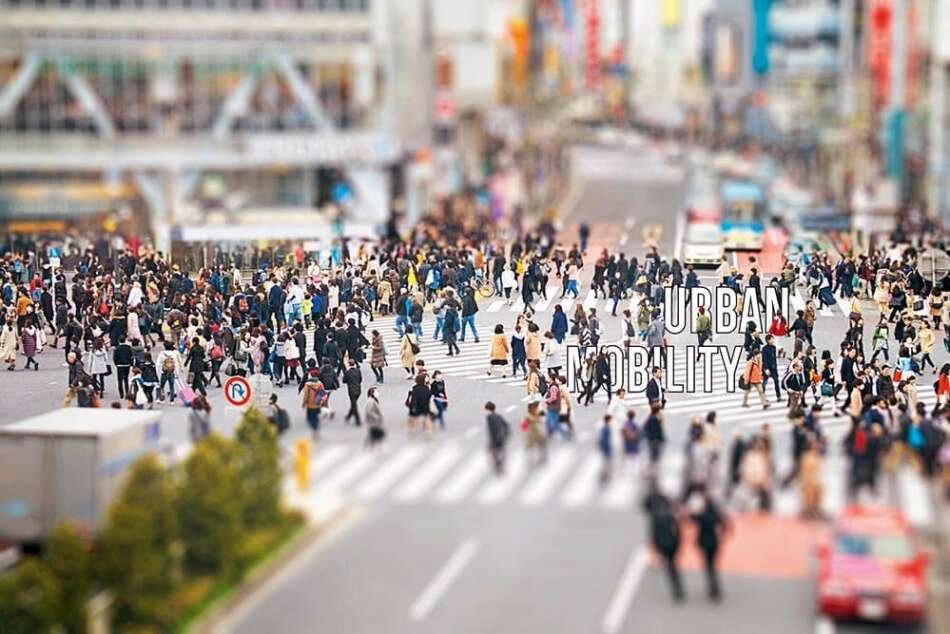1. Tokyo, Japan: The Epitome of Urban Density
A City Like No Other
Tokyo, the capital of Japan, is often cited as the most crowded city in the world. With a population exceeding 37 million in the greater metropolitan area, Tokyo is a marvel of modern urban planning and efficiency.
Life in the Metropolis
Tokyo’s residents enjoy a seamless blend of traditional culture and cutting-edge technology. Despite its size, the city’s public transportation system is among the best in the world, helping to manage the daily commute of millions.
Challenges
However, Tokyo’s density also brings challenges. High living costs, limited space, and the constant pressure to innovate and expand infrastructure are significant concerns for city planners and residents alike.
2. Delhi, India: A Burst of Culture and Chaos
The Heart of India
Delhi, with a population of around 30 million, is a city of stark contrasts and immense cultural heritage. From ancient monuments to bustling markets, Delhi embodies the spirit of India.
Navigating the Crowds
Delhi’s streets are a sensory overload, filled with the sounds of honking cars, street vendors, and the hustle and bustle of daily life. The city’s metro system has alleviated some transportation woes, but traffic congestion remains a significant issue.
Urban Struggles
Rapid urbanization has strained Delhi’s resources, leading to challenges like air pollution, inadequate waste management, and a need for improved public services.
3. Shanghai, China: The Economic Powerhouse
The Pearl of the Orient
Shanghai is China’s largest city, with a population of over 24 million. As a global financial hub, it attracts businesses and workers from around the world.
Modernity Amidst Tradition
Shanghai’s skyline is a testament to its rapid development, with towering skyscrapers and modern infrastructure. Yet, traditional neighborhoods and markets persist, offering a glimpse into the city’s rich history.
Growing Pains
Shanghai faces the dual challenge of maintaining its economic growth while ensuring sustainable development. Pollution, housing affordability, and the preservation of historical sites are ongoing issues.
4. São Paulo, Brazil: South America’s Giant
A Melting Pot
São Paulo, with a population of around 22 million, is the largest city in South America. Known for its cultural diversity, the city is a melting pot of influences from around the world.
The Beat of the City
From vibrant arts scenes to bustling financial districts, São Paulo is always on the move. However, this constant activity comes with challenges, including significant traffic congestion and urban sprawl.
Addressing Inequality
One of São Paulo’s major issues is social inequality. Efforts are ongoing to improve living conditions in favelas (informal settlements) and provide better access to education and healthcare.
5. Mumbai, India: The City of Dreams
A City That Never Sleeps
Mumbai, with a population of over 20 million, is India’s financial and entertainment capital. Known as the “City of Dreams,” it attracts people from all over India seeking opportunities.
Life on the Fast Lane
Mumbai’s fast-paced lifestyle is both exhilarating and exhausting. The city’s local train network is a lifeline for millions, though overcrowding is a daily reality.
Balancing Act
Mumbai faces significant challenges, including housing shortages, flooding during monsoon seasons, and the need for better public infrastructure.
Conclusion
Urbanization continues to shape our world, with cities like Tokyo, Delhi, Shanghai, São Paulo, and Mumbai standing as prime examples of human resilience and innovation. While these crowded metropolises face significant challenges, they also offer immense opportunities and vibrant cultures. As we look to the future, the key will be finding sustainable solutions that enhance the quality of life for all their residents.


